
|
|
|
|
|
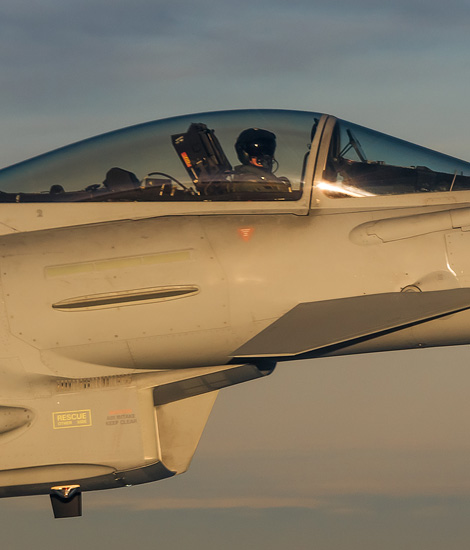
|
Security of the European Airspace; Siauliai, January 14, 2020
NATO Aircraft on Quick Reaction Alert; Text and Photograph's by Alex van Noye
Every day NATO fighter aircraft are on Quick Reaction Alert in all European countries. These aircraft are always 24 hours a day 365 days a year on standby to protect the borders of European airspace from unwanted intruders. During these missions the aircraft are used to inspect and guide unidentified aircraft.
The control and security of European airspace takes place in Europe in a collaboration of all NATO partners and Partnership for Peace (PfP) countries. The defensive institutions of all partner countries are linked into a large overarching European defense body. Fast and coordinated communication with each other is vital for Europe's defensive values. The main organization for these operations is the NATO Allied Air Command. The NATO Allied Air Command is headquartered at Ramstein Air Base in Germany and is led by US Air Force General Jeffrey L. Harrigian. This general is an American four star general. NATO Allied Air Command is always led by an American. The Allied Air Command has various operational tasks, such as the defensive NATO Ballistic Missile Defense (BMD) and in peacetime the continuous NATO Air Policing mission. In addition, some extra tasks have been assigned to NATO Allied Air Command, such as the Baltic Air Policing and the Iceland Air Policing. Its headquarters includes the Operations Center for Air Policing, the Ballistic Missile Defense Center, the NATO Airborne Early Warning and Control Force Operational Control and the NATO Alliance Ground Surveillance Force. The headquarters can also host a Joint Force Air Component to direct and control Allied air operations during crisis and conflict situations. The staff is permanently supplemented by representatives of three PfP partner countries of the NATO, namely; Sweden, Finland and Azerbaijan.
Control and monitoring of the entire European airspace is carried out by a number of Combined Air Operations Centers (CAOC). These communication centers are umbrella organizations that link the national defense installations in all partner countries by informing them in a timely manner about observations in the air. Each country will activate its own defense units based on the information obtained. In peacetime these assets will be fighters that will inspect an object. In times of crisis and conflict, anti-aircraft batteries are also subject to this control. In order to fulfill its Air Operations task,
|
|
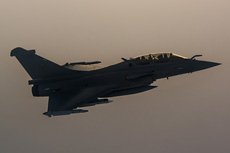
|
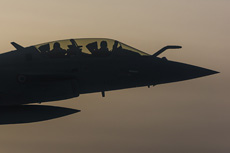
|
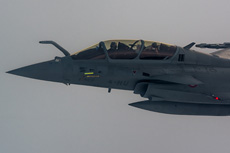
|
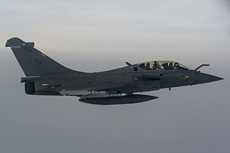
|
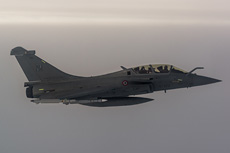
|
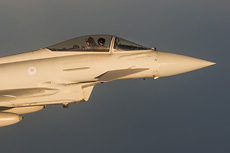
|
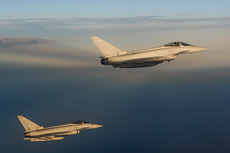
|
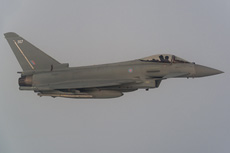
|
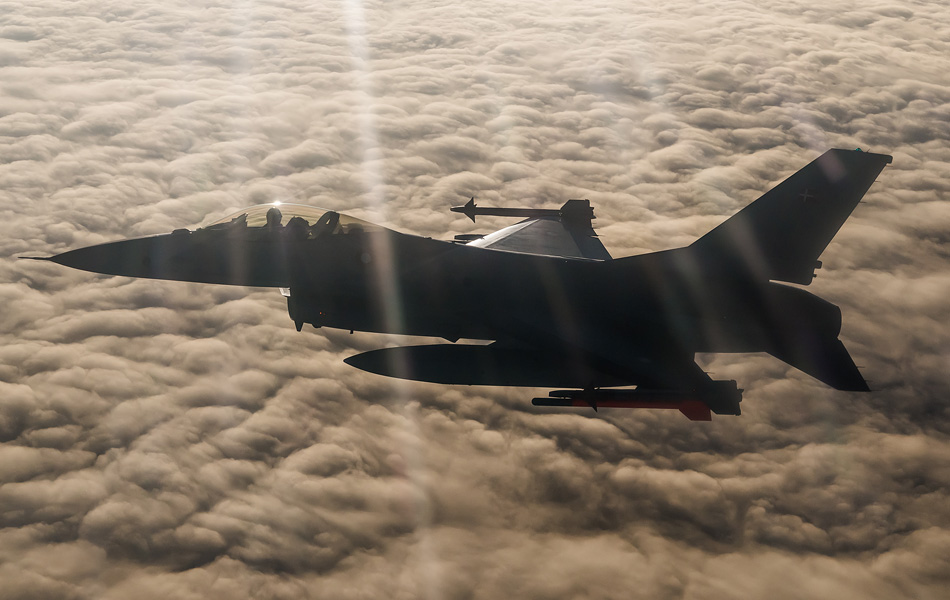
|
NATO Allied Air Command has three operational centers that provide this communication. These centers, are; the Combined Air Operations Center (CAOC) in Uedem in Germany, the Combined Air Operations Center (CAOC) in Torrejon in Spain and the Deployable Air Command and Control Center (DACCC) in Poggio Renatico in Italy. The Combined Air Operations Center (CAOC) Uedem has its headquarters near the city of Kalkar in Germany. CAOC Uedem's primary mission is to plan, direct, coordinate, monitor, analyze and report the operations of Air Policing resources allocated to it in peacetime. This is done in accordance with the guidelines and under the supervision of the Allied Air Command of NATO. The area of responsibility (AOR) extends roughly from central France to the Alps, to the Black Sea and north to the Baltic States and to Iceland and the United Kingdom. Uedem therefore controls the entire northern airspace of Europe.
Colonel Melis of the Italian Air Force is working for the Allied Air Command in Ramstein and explains how the airspace security works. European airspace is continuously monitored, 24 hours a day, 7 days a week, 365 days a year. European airspace is one of the most congested airspaces in the world, with about 30,000 civilian aviation movements per day. There are civil air traffic controllers and military air traffic controllers in all countries who work together to ensure that everything runs smoothly and safely. Usually there are no problems, but sometimes there are problems with airplanes. This could be a civilian aircraft with communication problems or it could be an unidentified aircraft that is triggering NATOs military responses. Usually it is a communication problem with civil aircraft, also referred to as a COMMLOSS, and sometimes it is a Russian bomber flying through international airspace along NATO countries. Each time, an assessment is made of these reports by the NATO CAOCs. If the decision is positive, two national fighters are scrambled to further visually examine the aircraft. These fighters are on Quick Reaction Alert (QRA). NATO detects the movements, but the national command and control centers then take over, thus preserving national sovereignty in national airspace. Most of the time, there have been civilian COMMLOSS cases that are recovered after a military aircraft takes off next to the civilian aircraft. These are actions that the crews of most civil aircraft do not like.
Colonel Melis also mentioned the increase in the number of Baltic Air Policing (BAP) QRA interceptions in the year 2019. After a peak in 2014 and 2015, the number of BAP interceptions decreased to about 145 interceptions in 2018. But in 2019 there was an increase to well over 200 QRA interceptions for that year. That is a significant increase in the number of flights where fighter planes have to turn out to intercept a plane. If aircraft do not follow international rules, such as the use of a transponder, or do not identify themselves at control centers or have a flight plan, the NATO aircraft on QRA will be sent into the air. These aircraft will always perform a visual inspection first. The QRA aircraft must be in the air within 15 minutes, after which the CRC will escort the aircraft to the aircraft to be intercepted. When a suspicious or unidentified aircraft is intercepted, a report is sent to the CRC and a photo of the intercepted aircraft is taken for confirmation. If the intercepted aircraft is a danger to other aircraft or is on its way to a prohibited zone, in an emergency the military QRA aircraft will have to force the other aircraft to divert in a different direction. To attract attention, the interceptors can use flares that draw the other aircraft's attention by bright light. In 99% of interceptions, there is only a visual inspection where the interception fighter flies next to the aircraft and checks the cockpit. In this way, NATO checks the aircraft in European airspace on a daily basis to protect Europe against unwanted intruders.
|
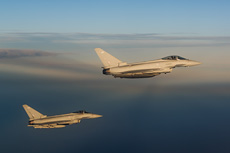
|
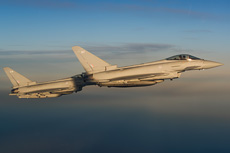
|
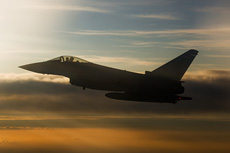
|
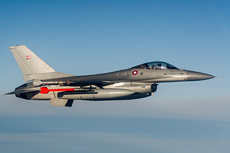
|
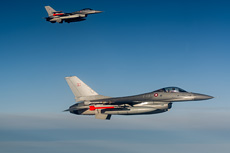
|
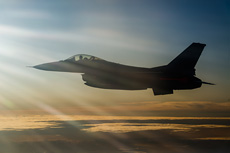
|
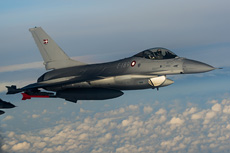
|
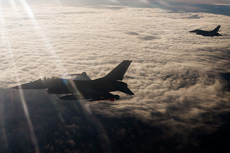
|
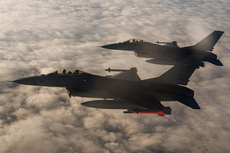
|

|
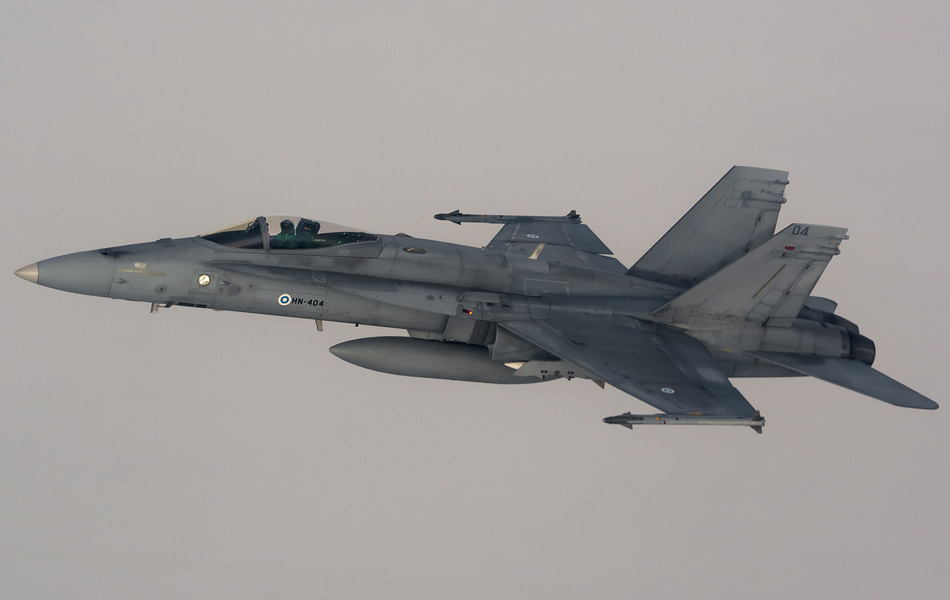
|
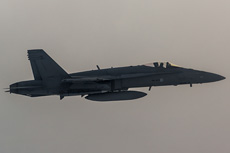
|
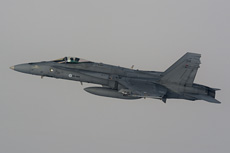
|
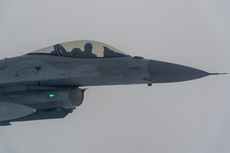
|
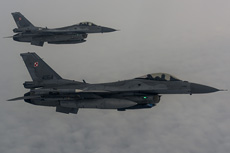
|
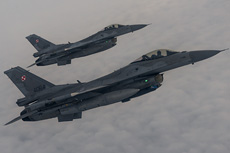
|
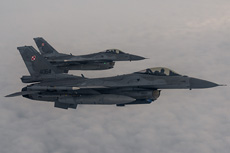
|
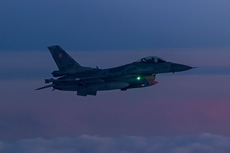
|
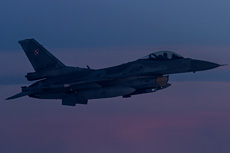
|
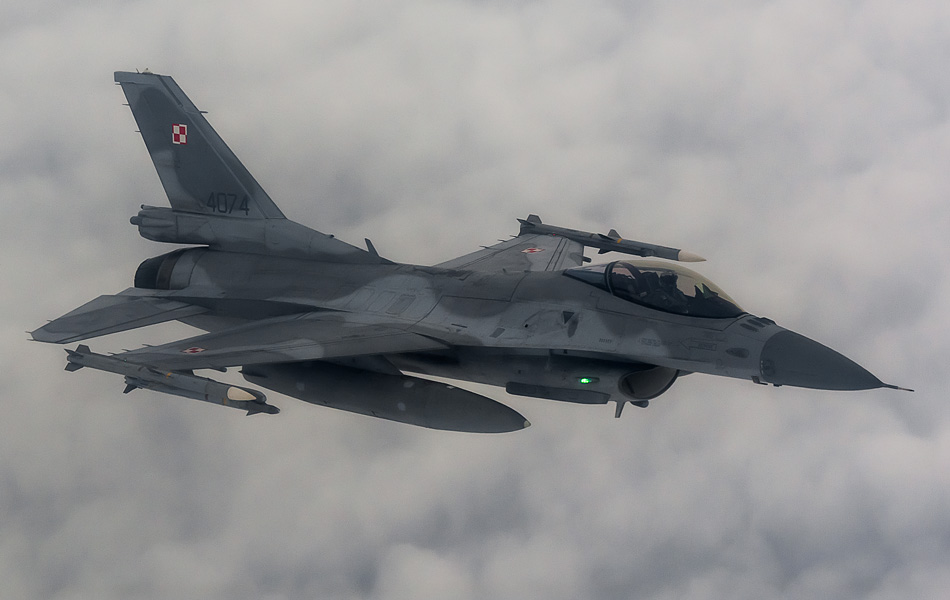
|
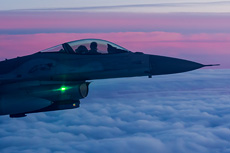
|
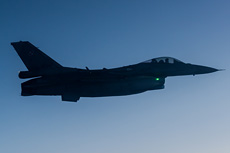
|
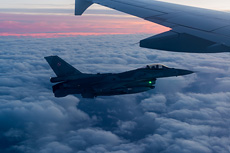
|
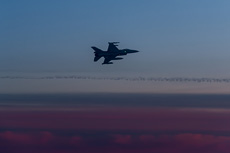
|
|
|
|
|

|







